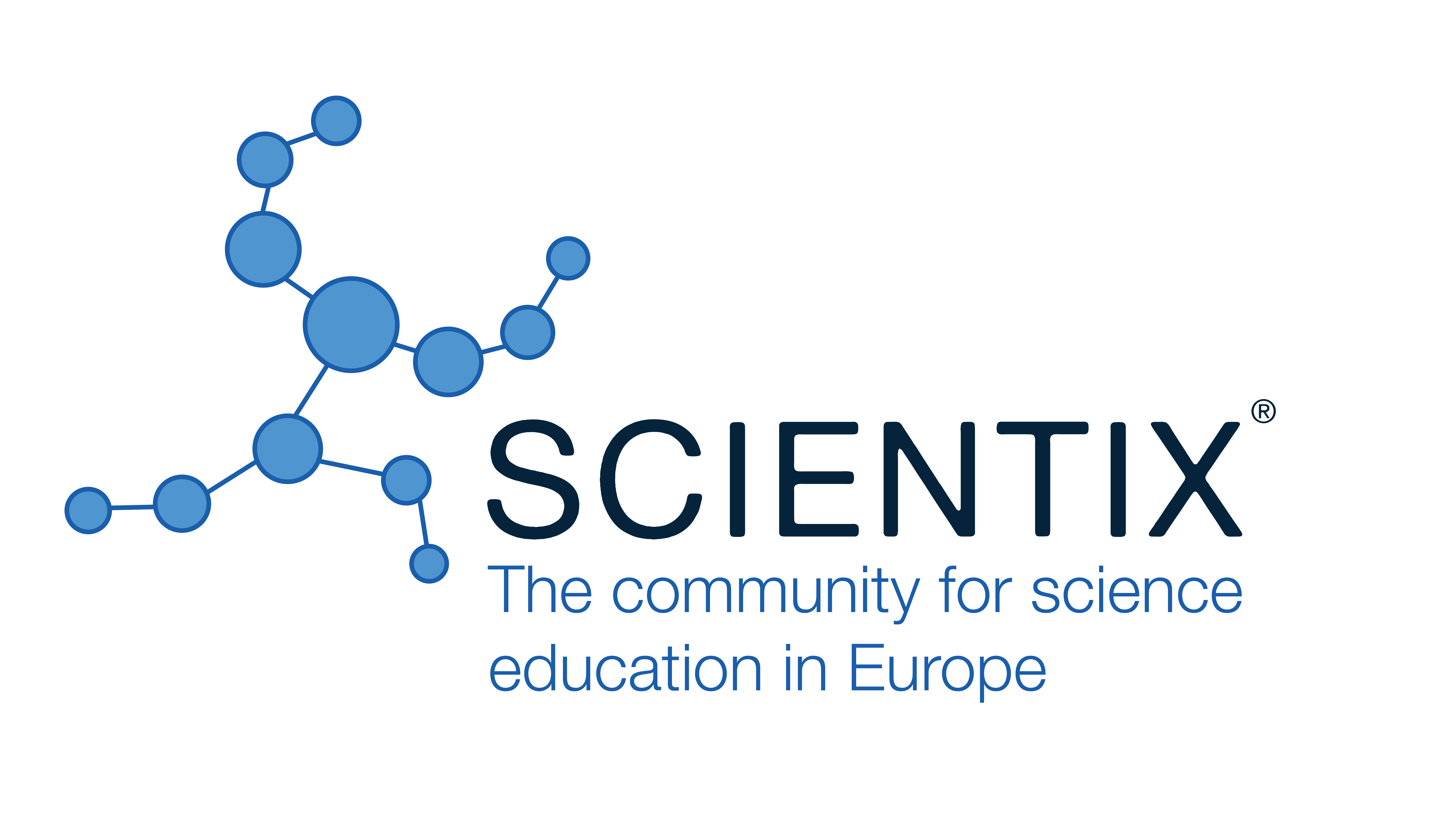Implementing a Raspberry Pi Based Digital Measurement System to Foster STEM Education
Marinela Wong, Heinrich-Wieland-Schule Pforzheim (Germany)
Günter Quast, Karlsruhe Institute of Technology (Germany)
Abstract
This paper reports on our achievements in promoting STEM Education in upper secondary school based on implementing a Digital Measurement System consisting of Raspberry Pi as low-cost single-board computing device along with a wide range of high-accuracy yet inexpensive sensors for conducting STEM activities [1]. We investigate on how its hardware and software capabilities enable the integration of STEM disciplines through active learning approaches in authentic learning environments, in order to meet the requirements of key characteristics of integrated STEM [2]. As technology integrator, the Digital Measurement System based on Raspberry Pi (DMSRP) provides students with a variety of scientific and engineering practices that encompass designing and building real electric circuits, configurating the correlated open-source software PhyPiDAQ-package [3] for the purpose of solving real-problems, and collect, display and store the measured quantities from sensors. Moreover, the DMSRP promotes content and context STEM integration based on its features to generate multiple graphical representations, including real-time visualisations on which students can analyse and manipulate measurements and use them as vectors for models and modelling processes. As an example, we show how DMSRP supports integrated STEM instructions to investigate the Fraunhofer diffraction at a single slit. Within a Project-Based Learning context, various learning strategies for developing critical thinking and decision making were adopted aiming at supporting students to create their own inexpensive diffraction scanner. They conduct real-time graphing of the diffraction pattern, record the intensity of diffraction fringes while manipulating the apparatus, and compare their results with the mathematical function model. These are integrated STEM instructions of a Problem-Based Learning educational approach meant to ensure a continuous inter- and multidisciplinary coherence progress. In the course of conducting STEM activities, assessment instruments to investigate how the DMSRP stimulate students’ curiosity and creativity, as well as conceptual understanding of complex structures across STEM subjects have been deployed.
|
Keywords |
STEM, Digital Measurement System, Raspberry Pi, Project-Based Learning |
|
References |
[1] Wong, M.; Quast, G.; Braig, D. (2020). Implementing a Raspberry Pi Based Digital Measurement System in Undergraduate Physics Education, European Journal of Physics Education, v11 n3 p1-16, ISSN 1309-7202. Available at: http://www.eu-journal.org/index.php/EJPE/article/view/297 [2] Roehrig, G.H., Dare, E.A., Ellis, J.A. et al. (2021). Beyond the basics: a detailed conceptual framework of integrated STEM. Discip Interdscip Sci Educ Res 3, 11 https://doi.org/10.1186/s43031-021-00041-y [3] Quast, G. https://phypidaq.github.io/ |
 The Future of Education
The Future of Education





























